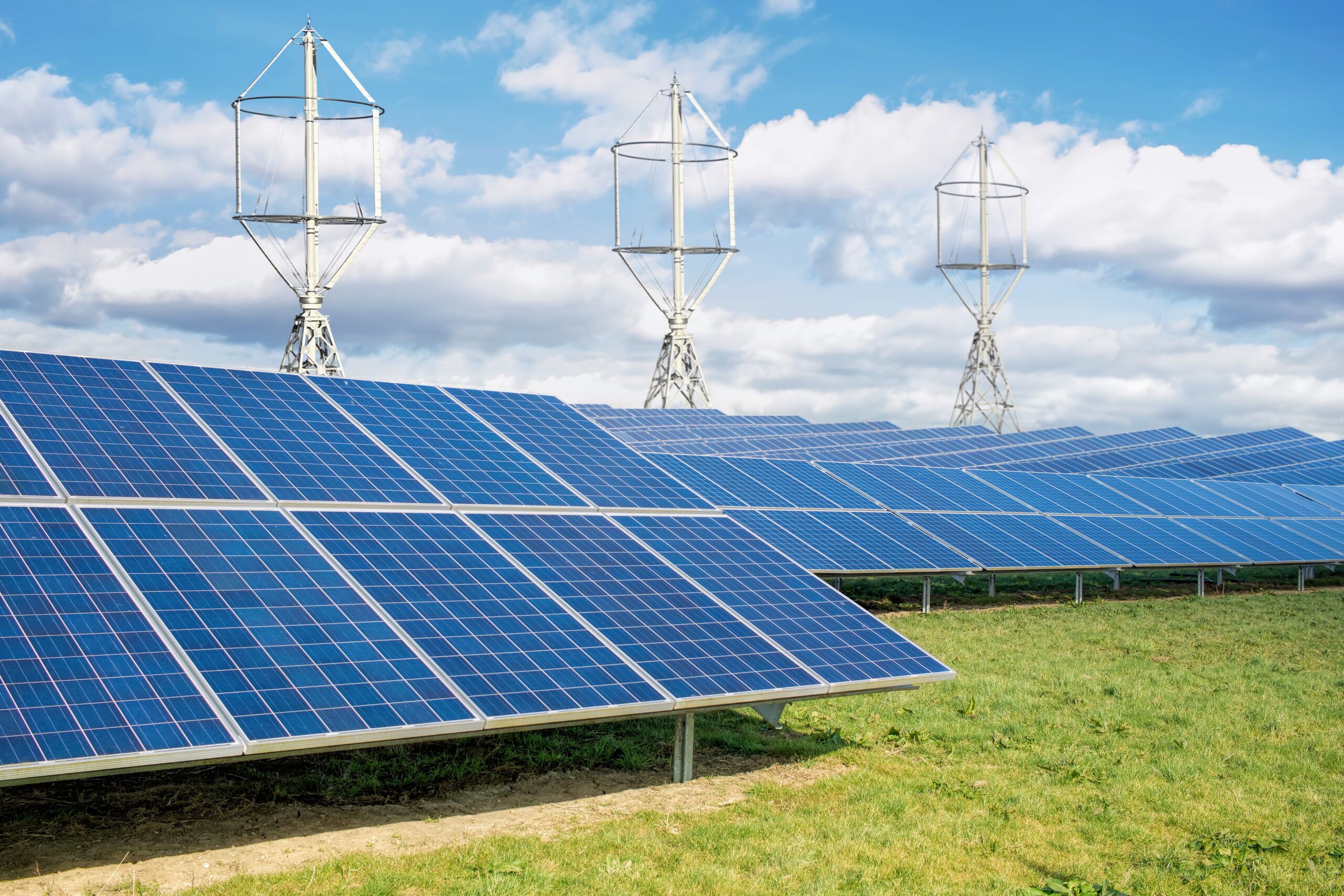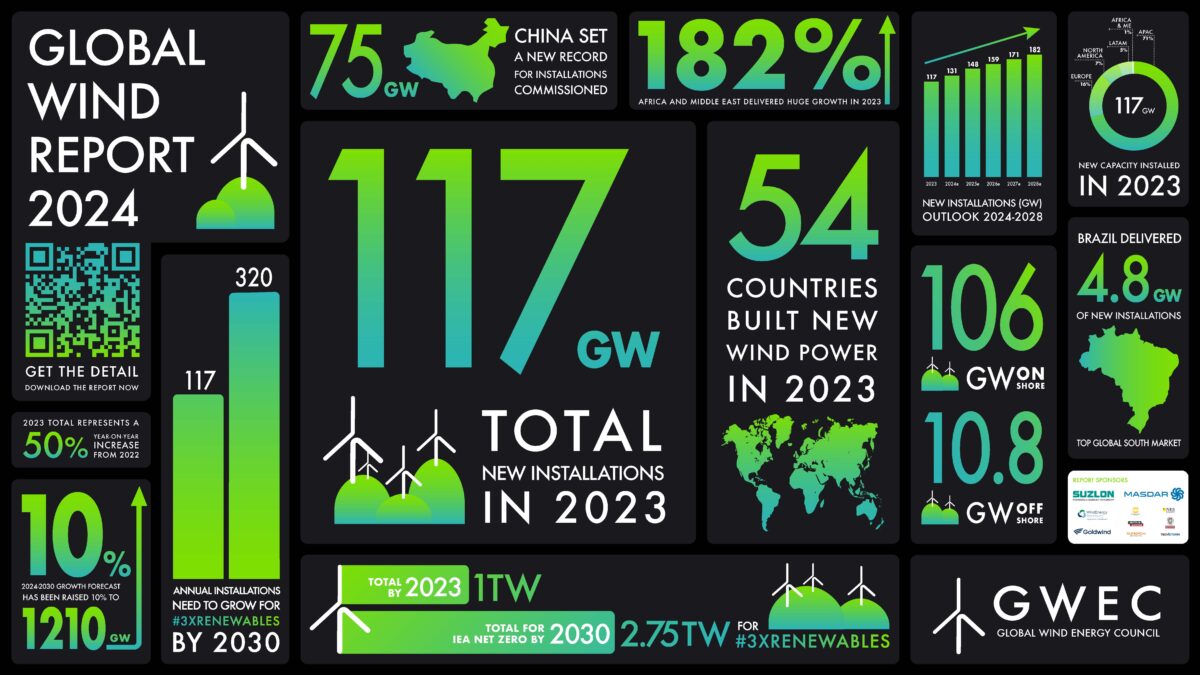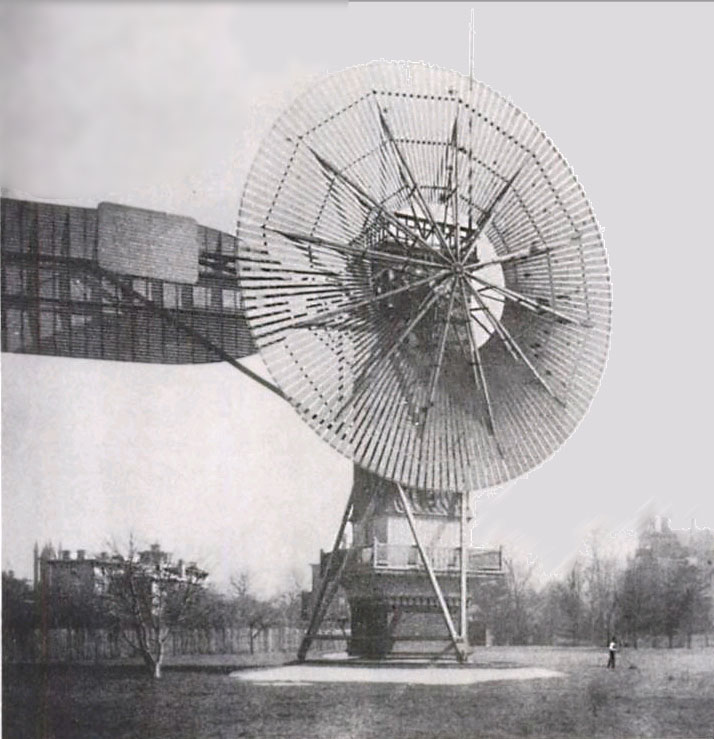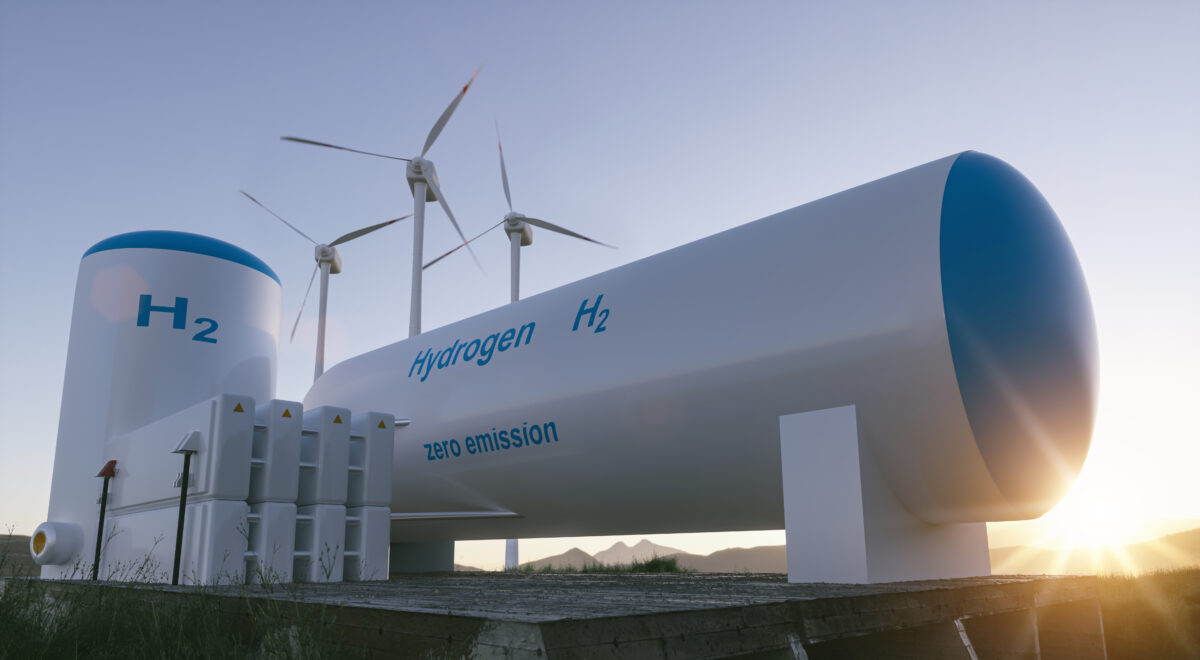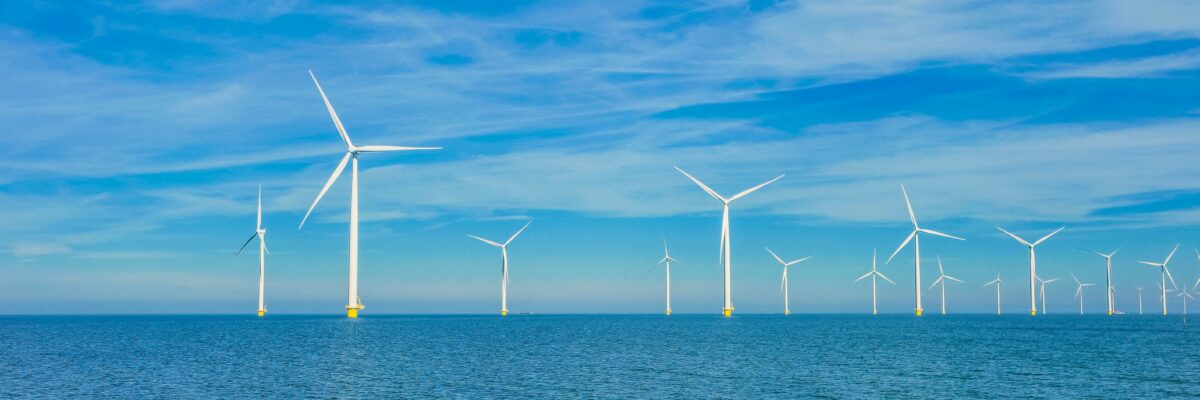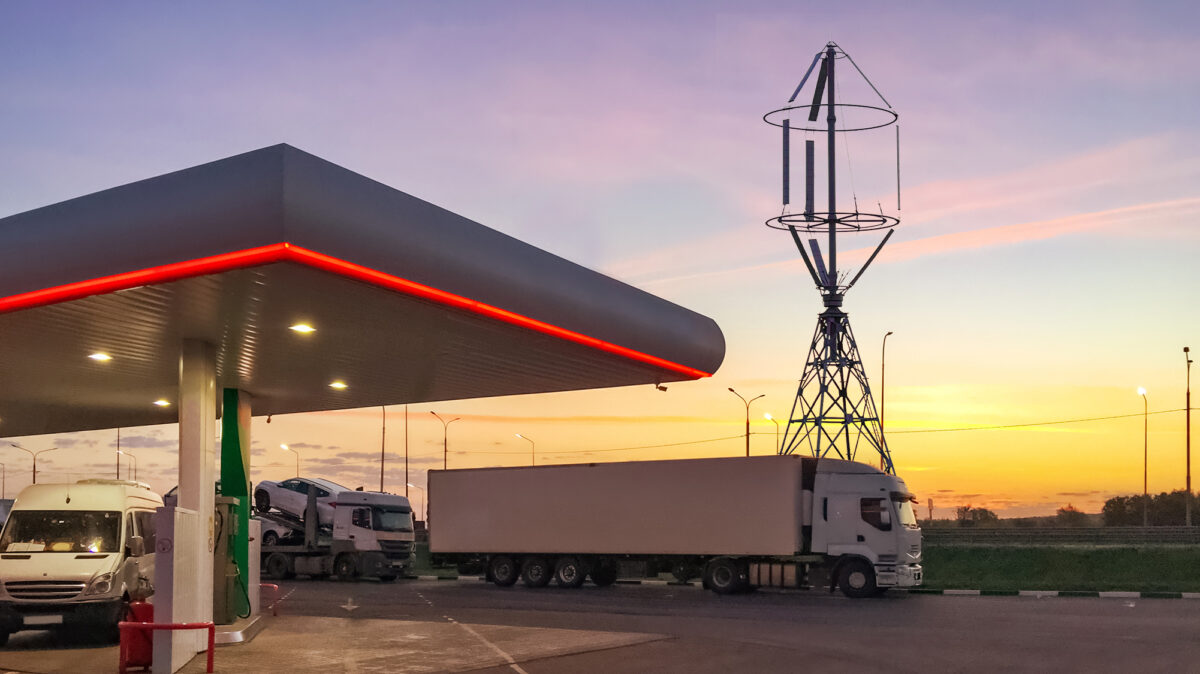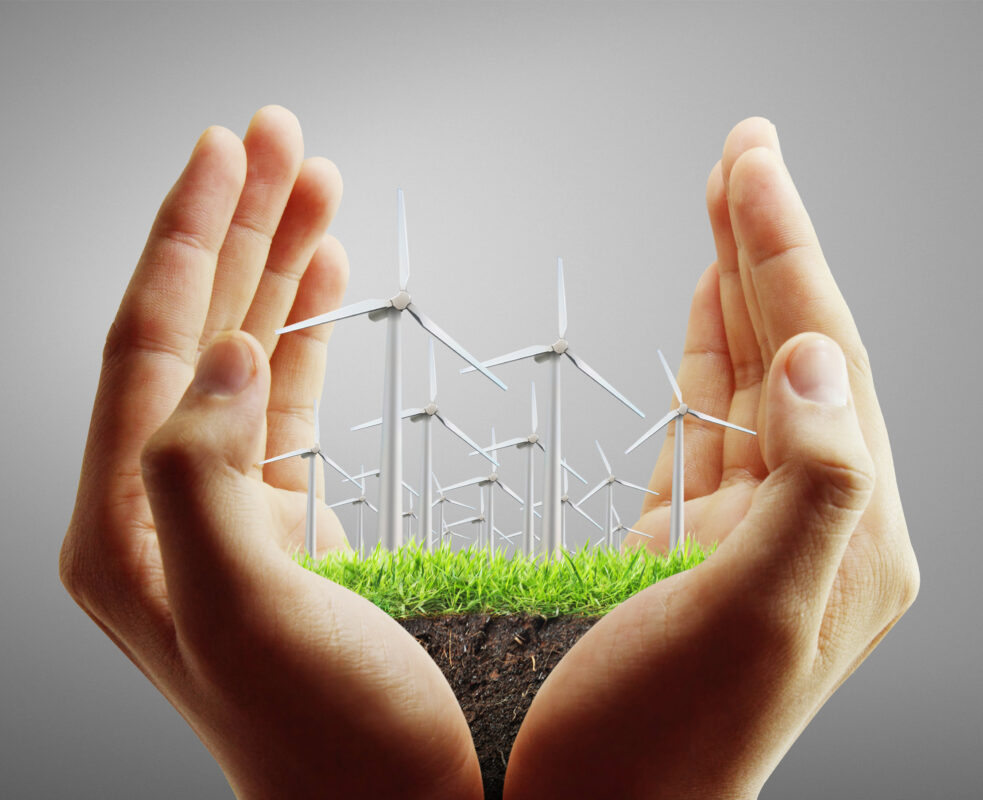Introduction
What do wind turbines do? Simply put, they convert the kinetic energy of the wind into electricity, efficiently harnessing renewable energy to reduce our dependence on fossil fuels and mitigate climate change. But there’s more to this technology than just physics. In the second article in a series of fun facts about wind turbines, we take a closer look at the technology and share some fun facts about wind energy as well as some practical facts to know.
Fun and Interesting Facts About Wind Turbines
While wind turbines are marvels of modern engineering, they also come with a host of fascinating and sometimes surprising facts. From their historical origins to their current role in the global energy landscape, wind turbines have a rich and varied story. In this section, we’ll explore some of the most interesting and fun facts about wind turbines and wind energy that you might not know.
Cool Facts About Wind Energy
Global Reach: Wind energy is utilized in over 90 countries worldwide, making it one of the most widely adopted renewable energy sources. Some of the largest wind farms are located in the United States, China, and Germany, each contributing significantly to their respective countries’ efforts to reduce carbon emissions and transition to renewable energy.
Capacity Growth: The growth of wind energy capacity has been nothing short of remarkable. The global installed wind capacity exceeded 700 gigawatts (GW), with 117 GW installed in 2023 only, enough to power millions of homes across the globe. This rapid expansion is driven by increasing demand for clean energy, technological advancements, and supportive government policies.
See the most recent GWEC report for 2024
Efficiency of Modern Turbines: Modern wind turbines are incredibly efficient at converting wind into electricity. On average, they can convert up to 50% of the wind’s kinetic energy into electrical energy. This makes wind turbines one of the most efficient forms of renewable energy generation available today, outpacing even solar panels in certain conditions.
Wind Energy Jobs: The wind energy sector is also a significant source of employment. In 2020, the global wind industry supported over 1.2 million jobs. These jobs range from manufacturing and installation to maintenance and research, providing economic benefits alongside environmental ones.
Offshore Wind Potential: Offshore wind farms, located in bodies of water such as seas and oceans, harness stronger and more consistent winds than onshore locations. The potential energy generation from offshore wind is enormous; for example, the North Sea alone could supply all of Europe’s electricity needs if fully developed.
Wind Technology Fun Facts
Ancient Origins: The history of wind power dates back thousands of years. The earliest known windmills were used in Persia (modern-day Iran) as early as 500-900 AD. These ancient windmills were primarily used for grinding grain and pumping water, demonstrating the enduring utility of wind power throughout history.
World’s Largest Wind Turbine: The title of the world’s largest wind turbine belongs to the Haliade-X, developed by GE Renewable Energy. How much electricity does a wind turbine make? Standing at a staggering 260 meters tall with blades that are 107 meters long, the Haliade-X can produce 12 megawatts (MW) of power. This is enough electricity to supply approximately 16,000 European homes with energy.
Quiet Operation: Despite their size, modern wind turbines are designed to operate quietly. This is achieved through advanced blade designs and materials that minimize noise. The sound levels produced by modern turbines are often comparable to the ambient noise found in residential neighborhoods, making them suitable for installation even near populated areas.
Wind Turbines and Wildlife: There are ongoing efforts to design wind turbines that are more wildlife-friendly. For example, some turbines are equipped with sensors that can detect when birds are nearby, triggering a temporary shutdown to prevent collisions. These innovations are part of broader efforts to mitigate the environmental impact of wind farms.
Wind Turbines in Unusual Places: While most wind turbines are in open fields or offshore, some have been installed in more unusual places. For example, a vertical-axis wind turbine was installed on the Eiffel Tower in Paris in 2015 as part of the landmark’s sustainability efforts. Additionally, small wind turbines are increasingly being integrated into urban environments, providing renewable energy in cities around the world.
Practical Aspects of Wind Turbines
While the technology and innovation behind wind turbines are fascinating, it’s equally important to understand the practical aspects that keep these massive machines running efficiently. This section will explain maintenance requirements of wind turbines and the energy efficiency and savings they provide, offering a comprehensive view of what it takes to keep wind energy flowing.
Wind Turbine Maintenance
Maintaining wind turbines is critical to ensuring their longevity and optimal performance. Given that these structures often operate in harsh environments with high winds, saltwater, and other challenging conditions, regular maintenance is necessary to prevent wear and tear and to avoid costly repairs or replacements.
Routine Inspections of Wind Turbines
Regular inspections are essential for identifying potential issues before they become serious problems. These inspections typically involve checking the turbine blades for damage or erosion, inspecting the gearbox and generator for signs of wear, and ensuring that all electrical components are functioning correctly. In many cases, drones or other remote technologies are used to conduct these inspections, reducing the need for technicians to climb the towers.
Freen-20 small wind turbine’s lifespan is 20 years with minumim maintenance. Contact us to learn how you can benefit from introducing this technology into your energy assets.
Lubrication and Cooling Systems in Wind System
Wind turbines have moving parts that require regular lubrication to minimize friction and prevent overheating. The lubrication system is typically monitored automatically, but periodic checks are necessary to ensure that the system is working correctly. Cooling systems are also crucial, especially in the gearbox and generator, where excess heat could lead to component failure.
Predictive Maintenance
Advances in technology have led to the adoption of predictive maintenance practices in the wind industry. By using sensors and data analytics, operators can monitor the condition of turbine components in real-time. This allows them to predict when a part is likely to fail and schedule maintenance before a breakdown occurs. Predictive maintenance not only reduces downtime but also extends the lifespan of the turbines, making wind energy more cost-effective over the long term.
Blade Repairs
The blades of a wind turbine are subjected to constant stress from wind and weather. Over time, this can lead to cracks or erosion, which, if left unchecked, can reduce the efficiency of the turbine or even cause it to fail. Regular blade inspections and repairs are therefore a crucial part of wind turbine maintenance. Specialized teams can repair or replace damaged blades, often using ropes or aerial platforms to reach the high altitudes where the blades are located.
Upgrades and Retrofits
As technology advances, older wind turbines can benefit from upgrades and retrofits to improve their efficiency and output. This might include installing new blade designs, upgrading control systems, or integrating newer, more efficient generators. These upgrades can significantly extend the operational life of a wind turbine, ensuring that it continues to contribute to the energy grid for many years to come.
Freen Small Wind Turbines are suitable for upgrades and retrofits. Contact us to check how you can benefit from introducing Small Wind Solution in your site.
The Future of Wind Turbines
Modern wind systems integrate turbines with grid connections and energy storage solutions to provide reliable power regardless of wind variability. With ongoing research and development promising even greater efficiency, cost reductions, and environmental benefits, we expect small wind technology to gain even more popularity. As we look ahead, several trends and innovations are poised to shape the future of wind energy:
Small Wind Turbines
The future of small wind turbines looks promising as technological advancements make it feasible to move beyond traditional applications in remote locations and large-scale projects financed by big players. With the ongoing development of compact and efficient small wind turbines, we can expect to see an increase in their use in residential areas, enhancing energy security and independence for communities and businesses alike.
Floating Wind Farms
One of the most exciting developments in wind energy is the rise of floating wind farms. These farms are designed to be deployed in deep waters where traditional fixed-bottom turbines are not feasible. Floating turbines can access stronger and more consistent winds, significantly increasing energy output. This technology is still in its early stages but holds great promise for expanding offshore wind capacity globally.
Hybrid Energy Systems
The integration of wind energy with other renewable sources, such as solar and hydroelectric power, is becoming increasingly common as wind turbines can increase energy efficiency of hybrid solutions. Hybrid energy systems offer the advantage of balancing energy production by combining different sources with complementary generation profiles. For example, a wind-solar hybrid system can provide a more consistent energy supply by generating electricity from the sun during the day and from the wind at night.
Energy Storage Solutions
As the capacity of wind energy grows, so does the need for efficient energy storage solutions. Battery technology, pumped hydro storage, and other innovative storage methods are being developed to store excess energy generated during periods of high wind and release it when needed. These advancements will help to stabilize the grid and ensure a reliable energy supply, even when the wind is not blowing.
AI and Machine Learning
The application of artificial intelligence (AI) and machine learning in wind energy is another key trend shaping the future. These technologies are used to optimize turbine performance, predict maintenance needs, and manage energy distribution. By analyzing vast amounts of data from wind farms, AI can help operators make more informed decisions and improve the overall efficiency of wind energy systems.
Sustainable Manufacturing and Recycling
As the wind energy industry grows, there is an increasing focus on the sustainability of turbine manufacturing and end-of-life management. Efforts are being made to develop more sustainable materials, reduce the carbon footprint of turbine production, and create recycling processes for decommissioned turbines. These initiatives are crucial for ensuring that wind energy remains an environmentally responsible choice in the long term. Worth mentioning, Freen-20 small wind turbine is made of metal and easily recyclable, hence free of this drawback.
Key Takeaways and Future Outlook
As we conclude our exploration of wind turbine energy, it’s essential to distill the most important facts and look ahead to the future of this vital renewable energy source. This section will summarize the key takeaways from our discussion and provide insights into the future developments that will shape the wind energy landscape.
Important Facts About Wind Energy
Global Impact: Wind energy has a profound global impact, contributing significantly to the reduction of greenhouse gas emissions and helping to combat climate change. As one of the fastest-growing renewable energy sources, wind power is instrumental in reducing our dependence on fossil fuels and achieving global sustainability goals.
Economic Benefits: Beyond its environmental advantages, wind energy also offers substantial economic benefits. It creates jobs, stimulates investment in infrastructure, and provides a stable source of income for landowners and communities hosting wind farms. Additionally, the cost of wind energy has decreased dramatically over the years, making it one of the most cost-effective forms of electricity generation available today.
Scalability and Versatility: Wind turbines can be deployed in a wide range of environments, from offshore installations that harness strong ocean winds to small, community-based projects in rural areas. This scalability and versatility make wind energy adaptable to various geographic and economic contexts, ensuring its relevance across different regions and industries.
Technological Advancements: The continuous innovation in wind turbine technology has led to greater energy efficiency, reliability, and energy output. From smart turbines that optimize performance in real-time to floating wind farms that unlock new areas for development, these advancements are expanding the potential of wind energy and driving its adoption worldwide.
Conclusion
Wind energy is set to play an even more significant role in the global energy landscape in the coming years. With continued technological advancements, expanding offshore and hybrid projects, and a growing focus on sustainability, wind turbines will remain at the forefront of the transition to a cleaner, more resilient energy system. The future of wind energy is not just about generating more power; it’s about doing so in a way that benefits the environment, economy, and society.


